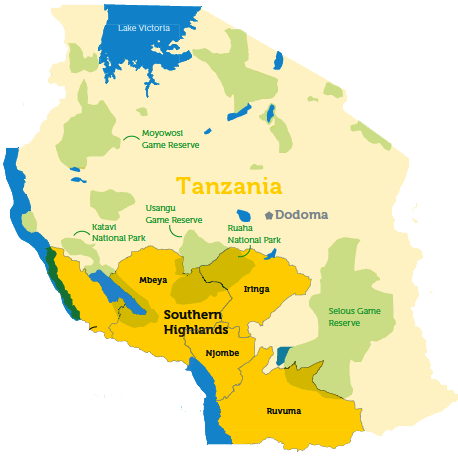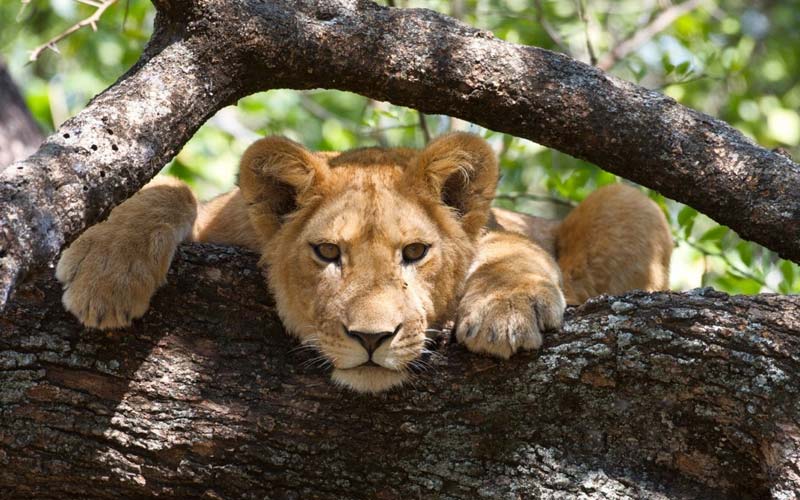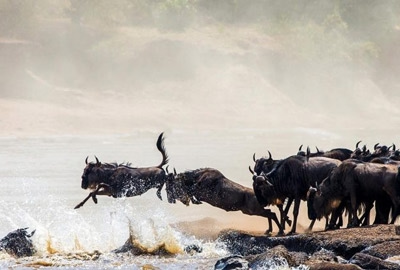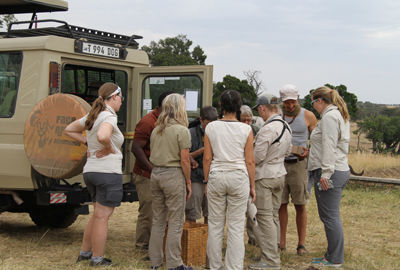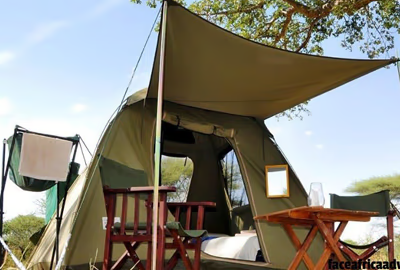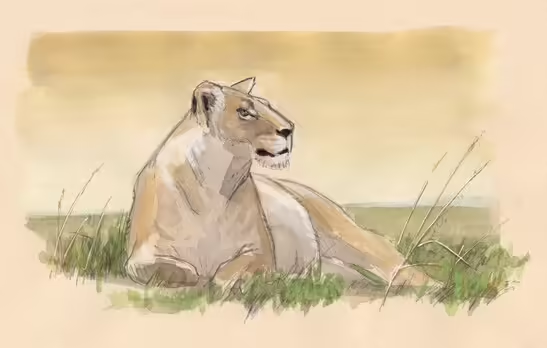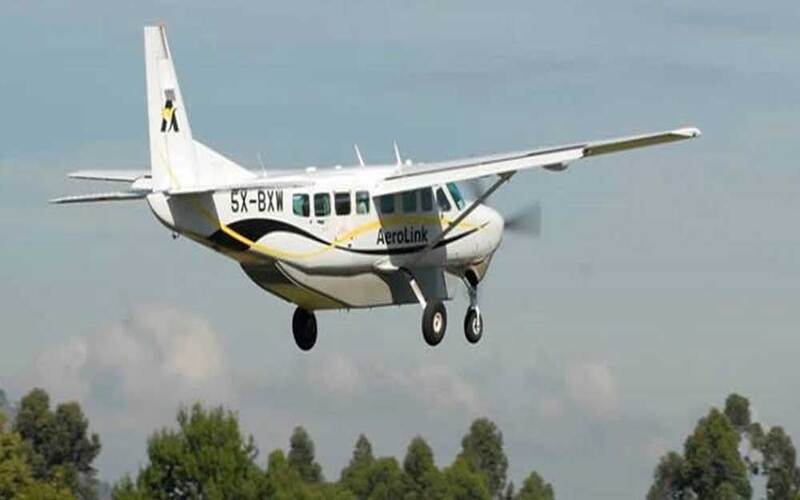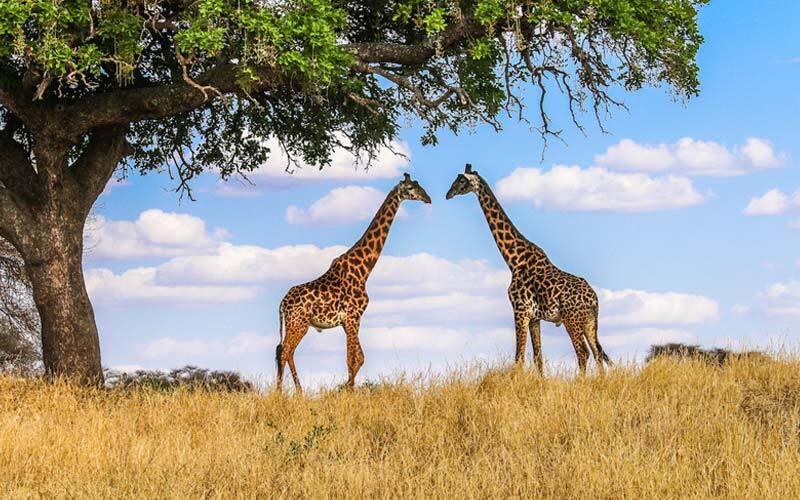Tanzania
When Is The Best Time To Visit Tanzania?
The best time for a Tanzania safari is from late June to October. There are two rainy seasons: April to May (long rains) and November to December (short rains). During the long rains, some safari camps may close due to heavy downpours, and the short rains bring occasional brief showers. Most safari areas have warm days and cool evenings, except for Mount Kilimanjaro and Mount Meru, where temperatures drop below freezing. Coastal and lakeside regions are hot and humid. The dry season is recommended for first-time safari-goers as it makes it easier to track and spot wildlife.
Peak Season
Mixed Season
Low Season
Tanzania has 2 rainy seasons and 2 dry seasons. The short dry season is from late January to early March, while the long dry season lasts from June to October. The short rains occur from November to January, and the long rains from late March to May, with April being particularly lush and invigorating for travel.
The weather patterns vary depending on your chosen location in Tanzania. The northern parks are likelier to experience dry spells, while the western parks remain wet throughout. February is the best time of year to witness wildebeest calves, with the migratory herds in full view.
The Ngorongoro Highlands usually have brief rainfall in the late afternoon, so the mornings are generally dry and great for seeing animals. March is typically dry, but sometimes the rain comes early, so it’s a time of waiting and possible change.
This month is usually the rainiest time of the year with frequent afternoon thunderstorms and occasional heavy rain at night. There can also be some cloudy, overcast days.
In early May, it’s usually rainy, but as the month goes on, it gets drier and road repairs start, making it easier to travel around parks and the countryside by car. The plants and trees look great after all the rain, and most plant-eating animals are in good shape because there’s plenty of food and water for them.
In June, the dry season is in full swing, and the western Serengeti is buzzing with activity as huge herds of wildebeest journey through the area. The transition from green to yellow across the savannah is a captivating sight, and the clearing vegetation offers incredible opportunities to spot diverse wildlife.
The best time for a safari in Tanzania is right now, and the weather is dry. If you visit in July or August, it will be busy, especially in the northern parks. If you’re thinking about going to Zanzibar, consider looking into some quieter spots in the Indian Ocean.
In August, lots of tourists from the US and Europe visit the safari areas in the north and Zanzibar. The weather is really nice, but it can get quite windy and there are often wildfires in the dry grasslands.
Visitor numbers may be dwindling, but the absence of rain has led to lower humidity and fewer mosquitoes. The transforming landscapes, with their brown hues, are a testament to the resilience of the migrating animals. As they concentrate around the Mara River, the majestic sight of wildebeest and zebra crossing back and forth in search of sustenance near the water is a powerful reminder of nature’s determination.
As the thunderclouds gather and late October approaches, the initial rains are usually expected. During this time, the wildebeest migrate southward, while Mount Kilimanjaro remains a popular destination for climbers. October offers excellent wildlife viewing due to minimal vegetation, resulting in high-quality sightings. Tourist activity is notably reduced during this shoulder season, making it an ideal time to visit the most popular tourist attractions.
Tanzania is an ideal destination for safari during this particular month, often overlooked by many. Despite the likelihood of intermittent afternoon thundershowers, the overall experience is rewarding. The northern parks, in particular, offer excellent game viewing opportunities throughout the year, with the Serengeti also benefiting from the rainfall.
In December, there are short periods of rain and wet weather, but it’s generally a good time to visit. The number of tourists is low at the beginning of the month, but it gets very busy for the two weeks around Christmas and New Year’s. It’s best to book your travel well ahead of time to avoid any last-minute rush.
Tanzania Safari:
High Season vs. Low Season
High Season
- Wildlife Viewing:
- Excellent wildlife viewing as animals congregate around water sources.
- The Great Migration occurs, particularly the dramatic river crossings.
- Weather:
- Dry season with minimal rainfall.
- Pleasant temperatures, cooler nights, and warm days.
- Landscape:
- Sparse vegetation, making wildlife easier to spot.
- Crowds:
- Higher number of tourists; popular parks and lodges can be crowded.
- Advance bookings required for accommodations and tours.
- Cost:
- Higher prices for lodges, camps, and tours due to demand.
- Activities:
- Optimal conditions for game drives and walking safaris.
Low Season
- Wildlife Viewing:
- Good wildlife viewing, though animals are more dispersed.
- The calving season in the Southern Serengeti (January to March) offers unique sights.
- Weather:
- Rainy season, especially from March to May (long rains) and November to December (short rains).
- Greener landscapes but potential for rain showers.
- Landscape:
- Lush, green scenery and fewer dusty conditions.
- Crowds:
- Fewer tourists; parks and lodges are less crowded.
- More flexibility and availability for accommodations and tours.
- Cost:
- Lower prices and potential discounts on lodges, camps, and tours.
- Activities:
- Bird watching is at its peak with migratory species present.
- Some roads and parks may be less accessible due to rain.
Destination
Where to go in Tanzania Safaris
Tanzania Northern Safari Circuit
Explore the Tanzania Northern Circuit for an unforgettable safari experience, featuring iconic destinations like the Arusha National Park, Serengeti National Park, Ngorongoro Crater, Tarangire National Park, and Lake Manyara. Ideal for wildlife enthusiasts and photographers, this route offers diverse landscapes and abundant wildlife.
Tanzania Southern Safari Circuit
The Tanzania Southern Circuit offers a remote and tranquil safari experience. Highlights include Selous Game Reserve and Ruaha National Park, known for their diverse wildlife. Explore Mikumi National Park and Udzungwa Mountains National Park for intimate wildlife encounters and an authentic African safari experience with fewer tourists .
Tanzania Western Safari Circuit
The Tanzania Western Circuit offers unique wildlife experiences in remote and untouched regions. Highlights include Mahale Mountains National Park and Gombe Stream National Park, known for wild chimpanzees. Katavi National Park is famous for its large populations of hippos and crocodiles. This circuit is perfect for adventurous travelers seeking rare wildlife encounters and stunning landscapes.
Zanzibar
Zanzibar is an enchanting archipelago known for pristine white-sand beaches, crystal-clear turquoise waters, and a rich cultural heritage. Explore the historic Stone Town, relax on idyllic beaches, and discover vibrant coral reefs through snorkeling and diving. Zanzibar offers a perfect blend of relaxation and adventure, ideal for honeymooners, beach lovers, and history enthusiasts.
Safari Preparation
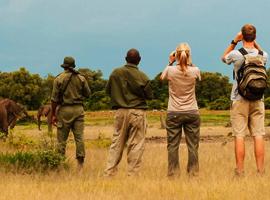
What To Take
Coming Soon....Read More
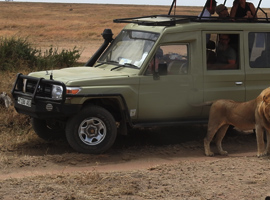
How To Go
Coming Soon....Read More
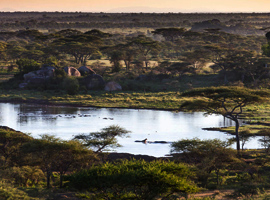
Best Time to Visit
Coming Soon....Read More
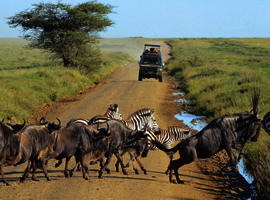
Safari Guides
Coming Soon....Read More

Food
Coming Soon....Read More

Travel Insurance
Coming Soon....Read More

Safari Equipments
Coming Soon....Read More

Medical Kits
Coming Soon....Read More
Need a more customised exprience?
We will make it happen.
Arusha Office:
- Phone: +255 784 162 038
- Email: info@faceafricaadventures.com
- Address: Moivo Olorein Ppf, Block 668 Agm Street Arusha Tz, 23100
USA Office:
- Skype: raydigiacomojr
- Email: sales@faceafricaadventures.com
- Address: Laguna Beach, California,



.avif)



